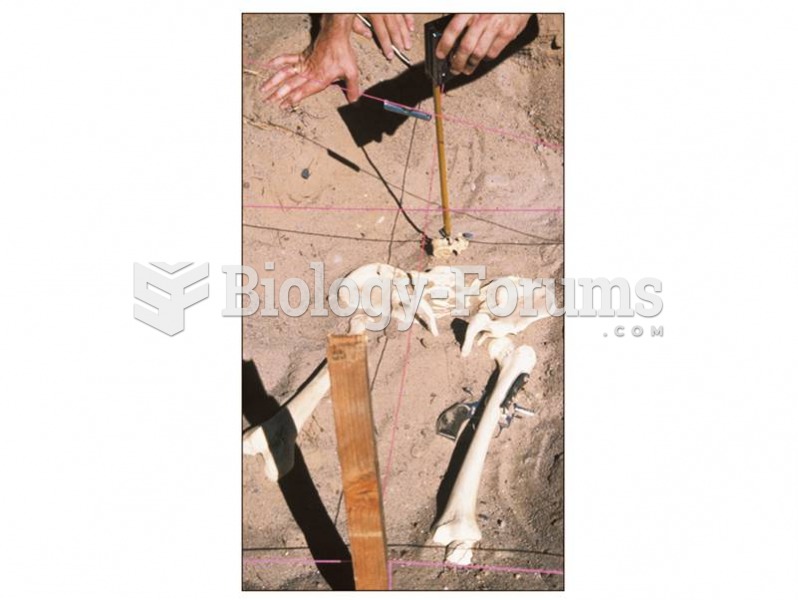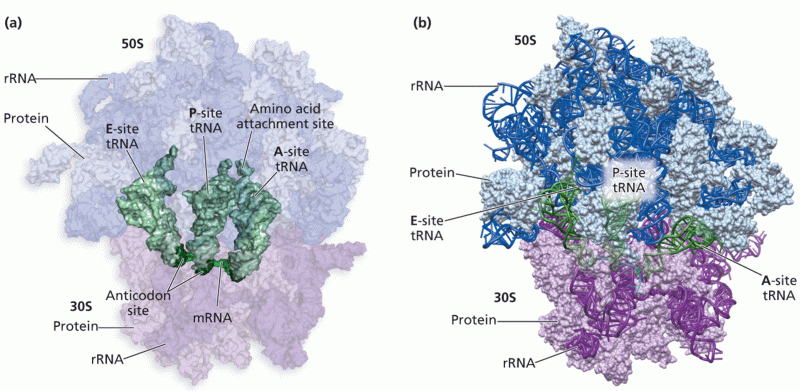|
|
|
Did you know?
Nitroglycerin is used to alleviate various heart-related conditions, and it is also the chief component of dynamite (but mixed in a solid clay base to stabilize it).
Did you know?
On average, the stomach produces 2 L of hydrochloric acid per day.
Did you know?
Illicit drug use costs the United States approximately $181 billion every year.
Did you know?
Though methadone is often used to treat dependency on other opioids, the drug itself can be abused. Crushing or snorting methadone can achieve the opiate "rush" desired by addicts. Improper use such as these can lead to a dangerous dependency on methadone. This drug now accounts for nearly one-third of opioid-related deaths.
Did you know?
More than 150,000 Americans killed by cardiovascular disease are younger than the age of 65 years.







